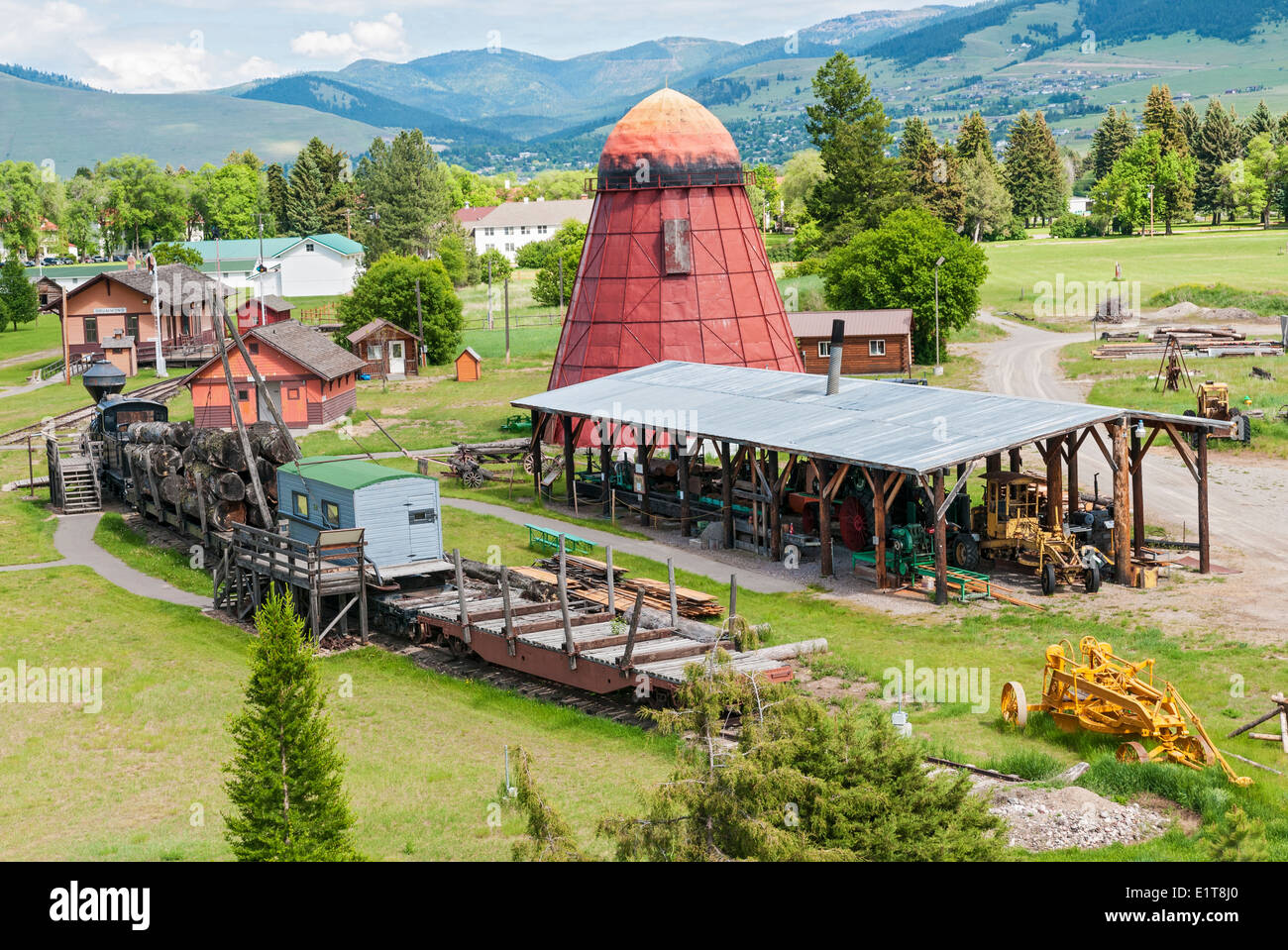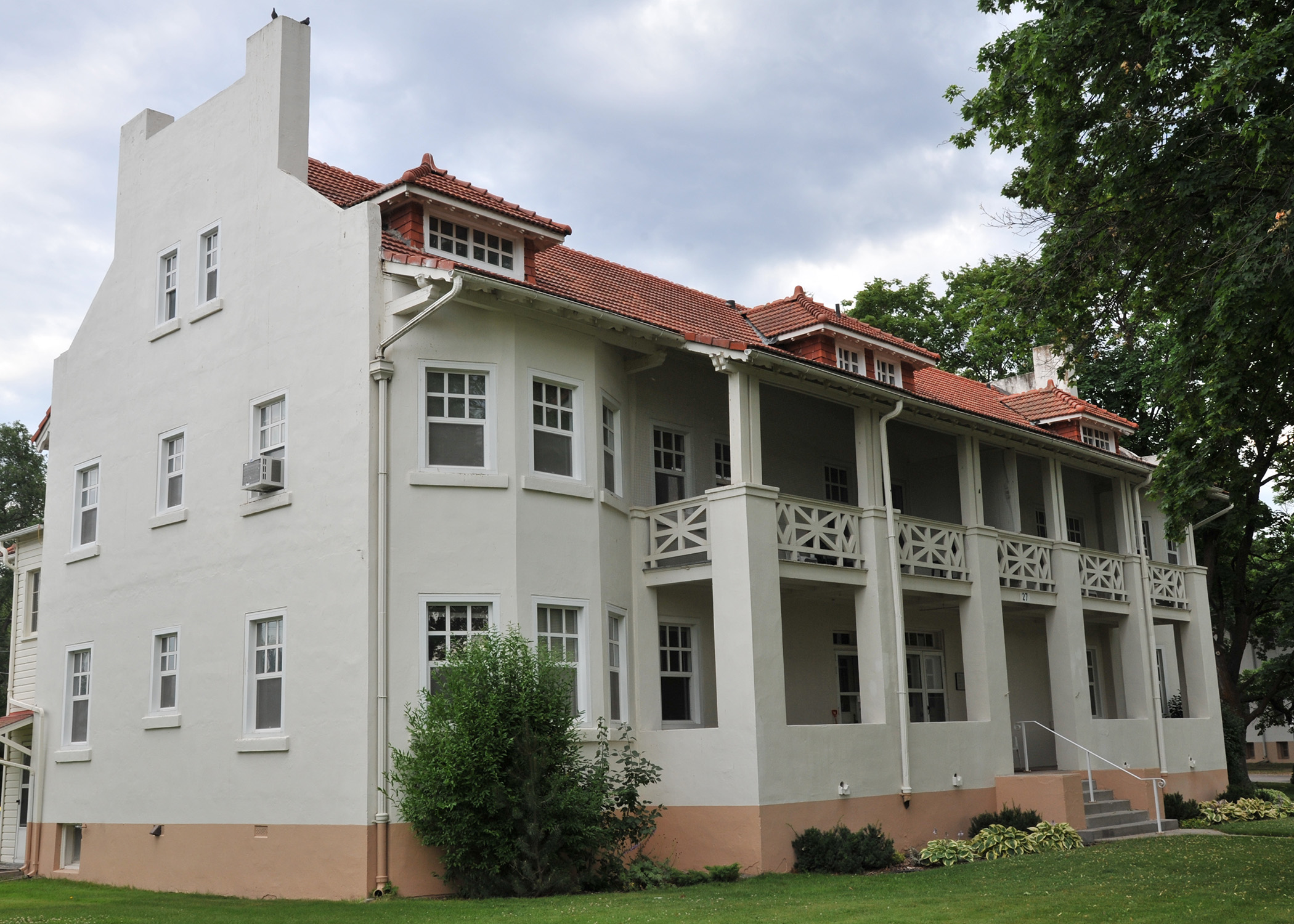
Echoes of Empire and Injustice: The Enduring Legacy of Fort Missoula, Montana
On a crisp Montana morning, the air in Missoula carries the scent of pine and the distant hum of city life. The landscape, framed by the majestic Bitterroot Mountains, feels timeless. Yet, nestled within this serene setting lies a place where time has layered history upon history, where the echoes of frontier ambition, military might, and profound injustice still resonate. This is Fort Missoula, a site that began as a sentinel of westward expansion and later became a silent witness to some of America’s most morally complex decisions, particularly during World War II.
Today, Fort Missoula is a sprawling, living museum, a park, and home to various community services. Its historic buildings, some immaculately preserved, others serving new purposes, tell a story far richer and more nuanced than any single monument could. It is a place that forces visitors to confront not just the romanticized narratives of the American West, but also the uncomfortable truths of a nation grappling with its identity, its fears, and its treatment of those deemed "other."
A Frontier Outpost: Birth in a Crucible of Conflict
Fort Missoula was established in 1877, a pivotal year in American history. The nation was still reeling from the Civil War, and the inexorable march westward was meeting fierce resistance from Native American tribes defending their ancestral lands. The U.S. Army, seeking to consolidate its presence in the burgeoning Montana Territory, chose a strategic site just south of the fledgling settlement of Missoula. The fort’s primary purpose was clear: to protect settlers, maintain order, and serve as a vital supply depot for military operations across the vast, untamed landscape.
The timing of its construction was no coincidence. 1877 also marked the Nez Perce War, one of the most tragic and legendary conflicts of the Indian Wars. Chief Joseph and his band, attempting to flee to Canada to escape forced relocation, led U.S. troops on an epic 1,170-mile chase across Montana, Idaho, and Wyoming. Though the Nez Perce never directly engaged with troops from Fort Missoula, the fort served as a staging ground and a symbol of the military’s overwhelming presence in the region, a constant reminder of the shrinking world for the Indigenous peoples of the Flathead, Salish, Kootenai, and Pend d’Oreille tribes who had inhabited the Bitterroot Valley for millennia.
Life at the frontier fort was harsh, characterized by isolation, harsh winters, and the constant threat of skirmishes. Soldiers drilled, maintained equipment, and conducted patrols, their days a monotonous rhythm broken by periods of intense activity. The fort evolved slowly, adding more permanent structures as its role solidified. By the turn of the 20th century, as the frontier receded and the "Indian Wars" largely concluded, Fort Missoula transitioned. It became a more conventional military post, providing training and support, reflecting America’s growing stature on the world stage even as its original purpose faded.
The Shadow of War: Internment and Injustice
The most indelible, and arguably the most haunting, chapter in Fort Missoula’s history unfolded during World War II. With the attack on Pearl Harbor in December 1941, America was plunged into global conflict, and a wave of fear, paranoia, and xenophobia swept across the nation. The government, under the guise of national security, implemented policies that would forever stain the country’s human rights record. Fort Missoula, decommissioned as an active military post in 1921 but later used by the Civilian Conservation Corps (CCC), was reactivated, but not for training troops. Instead, it became one of the nation’s first and most complex internment camps.
The story of Fort Missoula during WWII is a dual narrative, each strand shedding light on different facets of wartime injustice.
Firstly, it became a camp for Italian "alien enemies." Following Italy’s declaration of war on the U.S., thousands of Italian nationals living in America were designated as "enemy aliens," subject to curfews, travel restrictions, and, in some cases, internment. Fort Missoula housed several hundred Italian men, many of whom were merchant marines whose ships had been in U.S. ports when war broke out. Their experience, while undeniably a loss of freedom, was often less harsh than that of other internees. Many were allowed to work outside the camp, contributing to local agriculture, and even participated in community events. There were instances of local residents sharing meals with internees, reflecting a degree of public sympathy and the fact that Italian Americans had long been integrated into the fabric of many communities.
However, the second, and far more egregious, chapter of internment involved Japanese Latin Americans. This is where Fort Missoula holds a unique and profoundly disturbing place in American history. Beginning in 1942, the U.S. government, in collaboration with several Latin American nations, particularly Peru, orchestrated the abduction and deportation of thousands of Japanese immigrants and their descendants from countries like Peru, Bolivia, Colombia, Costa Rica, Ecuador, Honduras, Nicaragua, Panama, and Venezuela. These individuals, many of whom had lived in Latin America for decades and built lives there, were seized without due process, stripped of their passports and possessions, and transported to the U.S.

Upon arrival, they were immediately classified as "alien enemies" and interned in camps, with Fort Missoula being one of the primary destinations. Their internment was not based on any evidence of disloyalty, but rather on their Japanese ancestry. The cynical purpose behind this policy was to use these innocent civilians as bargaining chips in prisoner exchanges with Japan for captured American soldiers and civilians.
"The story of the Japanese Latin Americans at Fort Missoula is a stark betrayal of fundamental human rights," explains Dr. Sarah Chen, a historian specializing in wartime civil liberties. "They were victims of a transnational kidnapping scheme, rendered stateless, and used as pawns in a geopolitical game. Unlike the Japanese Americans interned from the West Coast, who were at least American citizens or legal residents, these individuals had no legal standing in the U.S., making their plight even more desperate and their struggle for justice even harder."
Life for these internees was one of profound uncertainty and psychological torment. They were in a foreign land, cut off from their families, many of whom remained in Latin America facing persecution. Their legal status was a quagmire, leaving them in a terrifying limbo. After the war, many faced the agonizing choice of deportation back to Peru (where they were no longer welcome) or remaining in the U.S. as undocumented immigrants, often after renouncing their original citizenship under duress. The lasting trauma of this experience, including the loss of property, identity, and dignity, continued for decades.
Guardians of Memory: Fort Missoula Today
After the war, Fort Missoula was gradually decommissioned and its military structures repurposed. Today, the site is a vibrant hub, reflecting its layered past in unexpected ways. The U.S. Forest Service operates its world-renowned Fire Sciences Laboratory on the grounds, a cutting-edge facility dedicated to understanding and combating wildfires, a poignant symbol of the region’s enduring relationship with its natural environment. Other parts of the original fort now serve as a fairgrounds, a community park, and various administrative offices.
The heart of the historic preservation effort lies with the Historical Museum at Fort Missoula. This institution has taken on the vital role of safeguarding the fort’s remaining original buildings and, crucially, telling its complete and unvarnished story. Visitors can walk through meticulously restored officers’ quarters, barracks, a guardhouse, and even a log cabin from an earlier era, offering glimpses into military life and pioneer settlement.
But the museum’s most profound contribution is its dedication to commemorating the internment period. Exhibits frankly address the injustices faced by both Italian and, especially, Japanese Latin American internees. They feature personal stories, photographs, and artifacts that humanize the experience, ensuring that the lessons learned from wartime hysteria are not forgotten.
"We believe it’s our responsibility not just to preserve the buildings, but to preserve the stories within them, especially the difficult ones," says Emily Clark, the museum’s director. "Fort Missoula is a powerful reminder of how easily civil liberties can be eroded during times of crisis. By openly confronting the injustices of the past, we hope to foster a more just and understanding future."
The museum hosts educational programs, lectures, and community events, serving as a vital educational resource for Missoula and beyond. It encourages visitors to engage with the complex narratives, to ask difficult questions, and to reflect on the broader implications of national policy on individual lives.
An Enduring Legacy
Fort Missoula stands as a microcosm of American history – a place where the grandeur of westward expansion meets the grim reality of conflict, where national security concerns clash with fundamental human rights. It is a site of contradictions: a symbol of protection that also became a place of confinement; a military outpost that now champions peace through education.
Walking the grounds today, one can almost feel the presence of those who came before – the weary soldiers, the hopeful pioneers, the disoriented internees. The mountains remain, immutable sentinels, but the human story woven into the landscape has shifted, deepened, and grown more complex. Fort Missoula is more than just a collection of old buildings; it is a living testament to the enduring power of memory, a compelling call for vigilance, and a profound reminder that the pursuit of justice is an ongoing journey, even in the most serene corners of Montana. Its echoes resonate, urging us to listen, learn, and never forget.



